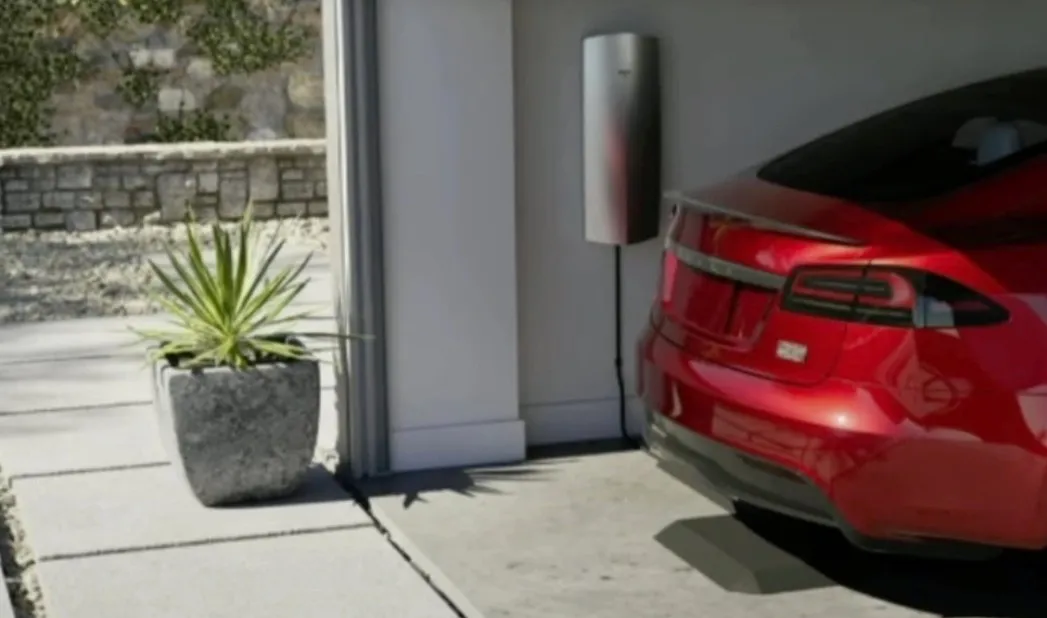In an era where urban landscapes are evolving at breakneck speed, a groundbreaking innovation is reshaping how we think about electric vehicles (EVs) and their integration into our daily lives—wireless EV charging. Imagine a world where EVs can recharge simply by parking over a pad, with no cords or plugs required. It’s no longer a vision of the future; it’s happening now. According to a recent report by Bloomberg Green, wireless charging is poised to become a $1 billion industry by 2025, with major players like Tesla and Hyundai leading the charge. In this article, we’ll explore how wireless EV charging is revolutionizing urban mobility in 2023, and what this means for cities, drivers, and the environment.
The Rise of Wireless EV Charging
What Is Wireless EV Charging?
Wireless EV charging, also known as inductive charging, uses electromagnetic fields to transfer energy between a charging pad on the ground and a receiver on the vehicle. This technology is akin to the wireless charging systems used for smartphones but on a grander scale. The main keyword here is “seamless”—a seamless experience for EV owners as the tedious task of plugging in becomes obsolete.
Benefits of Wireless Charging in Urban Areas
- Convenience: One of the most significant advantages of wireless EV charging is its convenience. No more fumbling with cables in the rain or snow—just park and charge. It’s effortless and time-saving.
-
Aesthetic Appeal: Without the clutter of charging cables, urban landscapes are cleaner and more organized, enhancing the overall aesthetic of city environments.
-
Space Efficiency: Wireless charging pads can be integrated into existing street infrastructure, such as taxi ranks or parking lots, without taking up additional space.
-
Improved Safety: The absence of cables reduces trip hazards and electrical mishaps, making streets safer for pedestrians and cyclists.
Leading Companies and Innovations
-
Tesla: Known for pioneering EV technology, Tesla is at the forefront of developing robust wireless charging systems that promise to charge vehicles as efficiently as traditional methods.
-
Hyundai: Partnering with WiTricity, Hyundai is set to launch wireless charging capabilities in several of its upcoming models, aiming for mass adoption in urban areas.
-
BMW and Volkswagen: Both companies are investing in pilot projects across Europe and North America, exploring the feasibility and scalability of wireless charging infrastructure.
How Wireless Charging Is Transforming Urban Mobility
Enhanced Public Transportation
Public transportation systems are increasingly turning to wireless charging to keep electric buses and taxis running smoothly. In cities like Oslo and London, wireless charging pads are being installed at bus stops and taxi ranks, enabling quick top-ups during brief stops.
- Oslo’s Initiative: By 2024, Oslo aims to have wireless charging available at 25% of its bus stops, significantly improving the efficiency and sustainability of its public transport network.
Reduced Carbon Footprint
Wireless charging is not just about convenience; it’s a catalyst for environmental change. By integrating this technology into urban settings, cities can reduce their carbon footprint substantially.
- Statistics to Consider: According to the International Energy Agency (IEA), widespread adoption of wireless charging could lower global CO2 emissions by up to 2% annually.
Impact on Urban Planning
City planners are incorporating wireless charging into smart city designs, optimizing traffic flow, and minimizing congestion.
- Smart City Integration: Cities like Singapore and Amsterdam are deploying wireless charging as part of their smart city initiatives, ensuring that infrastructure keeps pace with technological advancements.
Practical Guide to Wireless EV Charging
How to Charge Your EV Wirelessly
- Locate a Charging Pad: Use apps or your vehicle’s navigation system to find nearby wireless charging locations.
-
Alignment: Drive your vehicle over the charging pad, ensuring proper alignment for optimal charging efficiency.
-
Monitor Charging: Use your vehicle’s dashboard or smartphone app to monitor charging status and estimated time to full charge.
Where to Buy Wireless-Enabled EVs
-
Dealerships: Major brands like Hyundai and BMW are offering models with wireless charging capabilities. Visit local dealerships or their websites for the latest offerings.
-
Online Retailers: Platforms like AutoTrader and Carvana list new and pre-owned wireless-enabled EVs, often with customer reviews and competitive pricing.
What to Compare When Choosing Wireless Charging
-
Efficiency: Compare the charging efficiency (measured in kilowatts) of different systems to ensure you’re getting the best performance.
-
Cost: Consider the cost of installation and any potential subscription fees for accessing premium charging networks.
-
Compatibility: Ensure your chosen system is compatible with your vehicle model and any future upgrades.
Conclusion: The Future of Urban Mobility
Wireless EV charging is more than a technological advancement; it’s a transformative force in urban mobility. As cities around the globe race to become more sustainable, the seamless integration of wireless charging is paving the way for a cleaner, more efficient future. Whether you’re an early adopter or a curious observer, the benefits of this technology are clear: convenience, efficiency, and a reduced carbon footprint.
Are you ready to embrace the future of urban mobility? Share your thoughts in the comments below or join the conversation on social media. As we look ahead, the potential for wireless EV charging to reshape our cities and our lives is limitless, making it an exciting time for both technology enthusiasts and environmental advocates alike.

